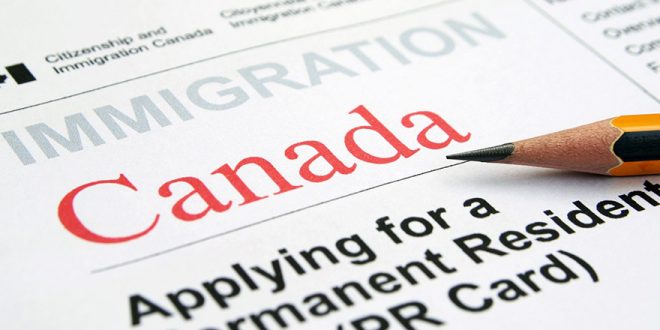ELEVEN rural and northern communities have been selected as part of the new Rural and Northern Immigration Pilot to invite newcomers to make these communities their forever homes.
The government says that as the Canadian population ages and the birth rate declines, rural Canada’s workforce has seen a significant decrease in available workers.This pilot will help attract people that are needed to drive economic growth and help support middle-class jobs in these communities.
The participating rural and northern communities will have access to a range of supports to test this new innovative, community-driven model that will help fill labour gaps. The selected communities are: Thunder Bay (ON), Sault Ste. Marie (ON), Sudbury (ON), Timmins (ON), North Bay (ON), Gretna-Rhineland-Altona-Plum Coulee (MB), Brandon (MB), Moose Jaw (SK), Claresholm (AB), West Kootenay (BC), and Vernon (BC). The participating communities were selected as a representative sample of the regions across Canada to assist in laying out the blueprint for the rest of the country.
To complement the Rural and Northern Pilot, Canada is also working with the territories to address the unique immigration needs in Canada’s North.

Ahmed Hussen, Minister of Immigration, Refugees and Citizenship, said : “The equation is quite simple. Attracting and retaining newcomers with the needed skills equals a recipe for success for Canada’s rural and northern communities. We have tested a similar immigration pilot in Atlantic Canada and it has already shown tremendous results for both newcomers and Canadians.”
Bernadette Jordan, Minister of Rural Economic Development Canada, said: “Removing barriers to economic development and promoting growth in local communities across the country is a priority for the Government of Canada. This pilot will support the economic development of these communities by testing new, community-driven approaches to address their diverse labour market needs. The initial results of the Atlantic Immigration Pilot show that it has been a great success. I’m pleased we are able to introduce this new pilot to continue experimenting with how immigration can help ensure the continued vibrancy of rural areas across the country.”
Quick Facts
Throughout the summer, the government will begin working with selected communities to position them to identify candidates for permanent residence as early as the fall 2019.
- Communities will be responsible for candidate recruitment and endorsement for permanent residence.
- Newcomers are expected to begin to arrive under this pilot in 2020.
- Communities worked with local economic development organizations to submit an application which demonstrated how they met the eligibility criteria by March 11, 2019.
- The Atlantic Immigration Pilot was launched in March 2017 as part of the Atlantic Growth Strategy. The four Atlantic provinces are able to endorse up to 2,500 workers in 2019 under that pilot to meet labour market needs in the region.
- Rural communities employ over four million Canadians and account for almost 30% of the national GDP.
- Rural Canada supplies food, water, and energy for urban centres, sustaining the industries that contribute to Canada’s prosperous economy.
- Between 2001 and 2016, the number of potential workers has decreased by 23% percent, while the number of potential retirees has increased by 40%.
Associated Links
 Desi Today Magazine
Desi Today Magazine




